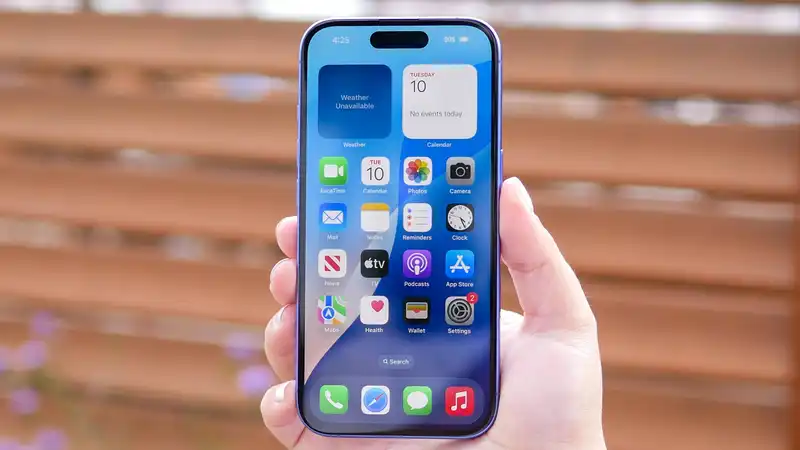Google is making major changes to the way downloads are displayed in Chrome to protect users of its browser from malware and other online threats
Last year, the search giant rolled out a major redesign of the Chrome download experience, moving notifications of new downloads from the bottom of the browser to the top This time, however, Google is taking advantage of this redesign of the download experience to better protect Chrome users from malicious files
In a new blog post, the Chrome security team explained that it will replace the traditional warning messages with more detailed ones to better understand the nature of specific threats This will be done through a two-step download warning based on Google Safe Browsing's AI-powered malware determination
Going forward, dangerous downloads will be classified as suspicious files with a low confidence determination and unknown risk of user harm, or dangerous files with a high confidence determination and high risk of user harm
To distinguish between suspicious and dangerous files, Google uses different icons, colors, and text This way, Chrome users can quickly and reliably determine if opening a recently downloaded file is worth the risk
Chrome users who subscribe to Google's enhanced Safe Browsing mode will also be able to send suspicious downloaded files to Safe Browsing for a deep scan before opening them
This feature is available free of charge, and in addition to dangerous sites and downloads, it will also alert you to suspicious extensions and whether your passwords have been compromised in a data breach
According to Google's testing, these additional scans can help catch new malware that Safe Browsing has yet to identify In fact, files submitted for deep scanning are 50 times more likely to be flagged as malware
To make it easier for Chrome users to run deep scans, Google now automatically runs deep scans for users with extended protection From now on, you will no longer be prompted for a scan after every suspicious download; Chrome will scan automatically
Since hackers continue to use encrypted and password-protected archives, such as ZIP files, to hide malware, Google will now scan these types of files as well However, users using standard protection will continue to be prompted when downloading suspicious encrypted archives
There are a few other things you can do when it comes to protecting yourself from dangerous downloads
First, never download email attachments from unknown senders, as hackers often use phishing emails to get you to download malicious files onto your computer Similarly, avoid downloading files from unfamiliar sites or sites with strange web addresses that are not the typical “com” or “gov”
From here, you want to make sure you are using the best antivirus software on your Windows PC, the best Mac antivirus software on your Apple computer, and the best Android antivirus app on your Android smartphone Antivirus software is designed to alert and stop malware before it can damage your device or steal your data
If you haven't already, consider signing up for Chrome's Enhanced Safe Browsing It is completely free to use and takes only a few minutes to activate To learn how to enable Safe Browsing on both desktop and mobile, click here [Dangerous downloads are one of the easiest ways to get infected with nasty malware So it's great to see Google taking additional steps to keep Chrome users safe online










Comments